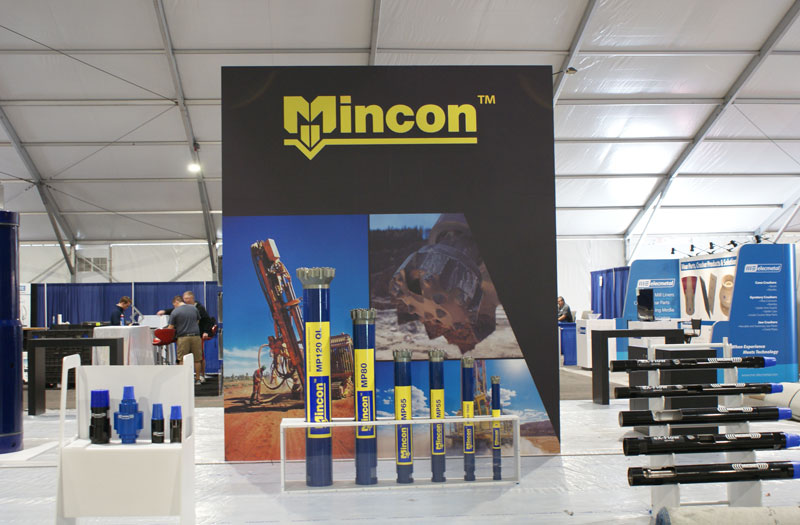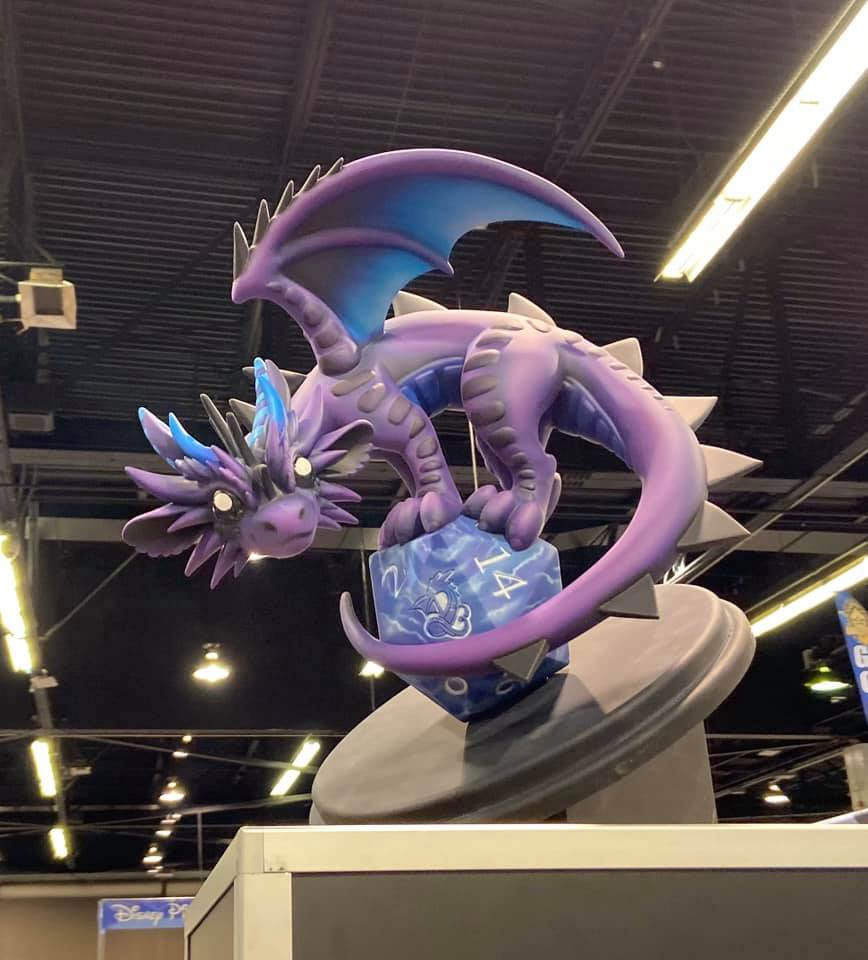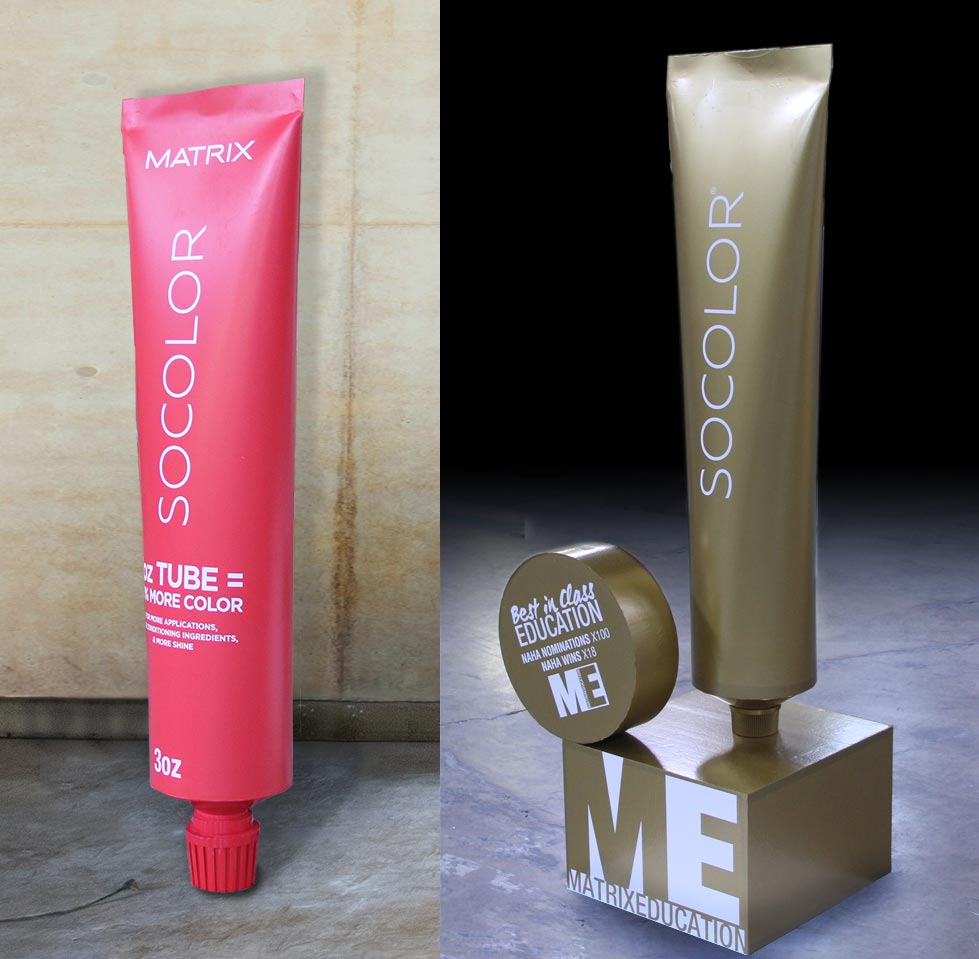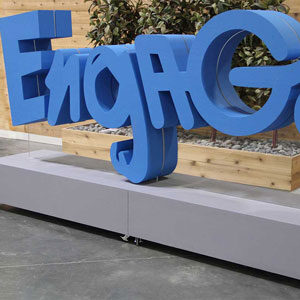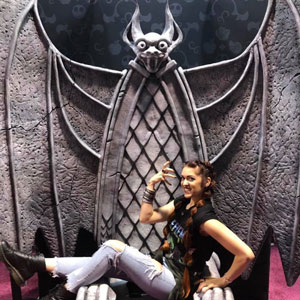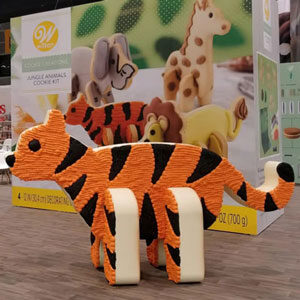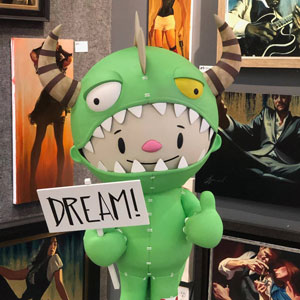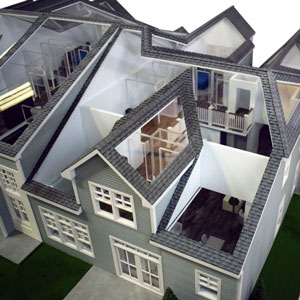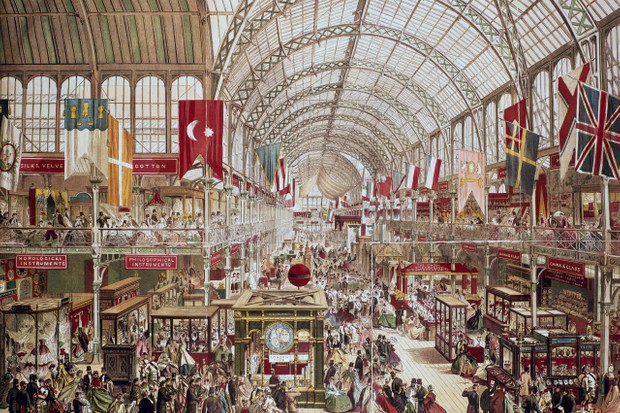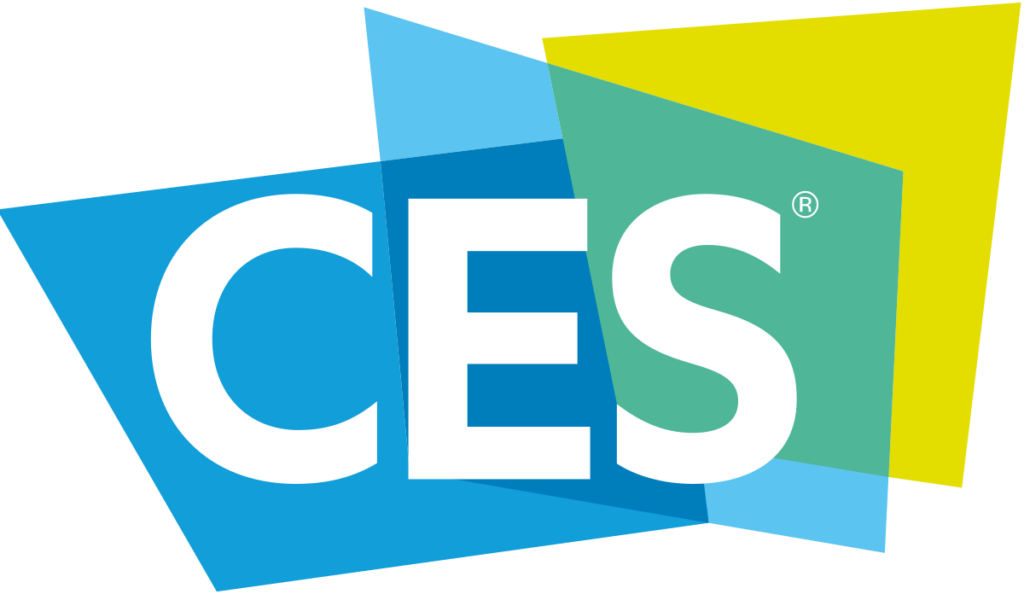Trade Show Models
We build Custom Models for Trade Shows, Exhibits and Conventions
Table of Contents
Tradition + Technology
It‘s often hard to visualize a 3D object, like a new product, equipment, or facility, based on 2D images. A physical 3D trade show model tells the entire story. A high-quality model like a giant shoe, large product replica or a huge foam sculpture directly engages consumers and invites them to participate in a brand’s experiential marketing.
Now, with modern fabrication technologies, models are created in less time, are more affordable, more accurate, and have a higher level of detail than ever before. Models with interactive features, moving parts and advanced lighting scenarios set your experience apart, and attracts the attention of trade show attendees, allowing you to create immediate engagement and a long-lasting impression.
Trade show models are an important part of a company’s experience design, and are one of the best ways for a company to showcase and demonstrate their latest products and services.
Selected Projects Gallery
Features & Benefits
- A physical model can be the visual experiential focal point for your trade show booth.
- A booth model prototype can bring clarity to the layout and design before any construction ever takes place.
- A properly built trade show model will increase engagement with visitors by attracting them into your booth area.
- Themed Models can give your display just the right feel.
- Scaled-down trade show models can make it much easier to display your product instead of expensive setup challenges and transportation issues to and from the show.
- Scaled-up trade show models allow you to display small products that are extremely difficult to see at regular size.
- Cutaway trade show models can show internal workings of your product.
- Trade show models can emphasize unique and selected characteristics of your product.
- N style=”padding-bottom: 16px;”o project is too large or too small—if you can design it, we can create a physical model of it.
- Once the trade show is complete, these models make stunning public displays and are an excellent way to showcase your product.
Scaled Models
Many companies that participate in trade shows find that their product and/or projects are just too large or too small to be able to display. With the use of scale models, these companies can demonstrate and explain the benefits of their products. These models can be scaled up (from miniature objects) or scaled down (from large equipment type objects) depending on the size of the initial reference product. This scaling of products can make traveling to trade shows much simpler without having to ship oversized objects and also being able to easily withstand multiple installation setups and tear-downs. For example, promoting a new cement truck/mixer at a trade show is much easier to accomplish with the use of a scaled down model than driving the new truck across the country to exhibit at the trade show. Models can vary in size from table-top sized models to enlarged larger-than-life models such as cartoon models and character models.
Concept to Physical Object
Going from an idea to building a unique customized trade show model can be very daunting. Our designers can start with a 2D image or idea and turn it into a 3D object. The next step is engineering a model that can demonstrate the product but also withstand the rigors of traveling from show to show. Many technologies can be used to create these physical models including 3D Printing, Laser Cutting, CNC Milling, Welding, etc.
Interactive Models
Interactive trade show models like thrones for taking the ever-popular selfie are a great way to attract crowds of people to participate in a particular activity. The average person spends about three seconds looking at a display before moving on to the next one. Interactive models can be as simple as unique product models with touchable, removable, or operational parts or as complex as fully visual interactive experiences with customized electronics, lighting, sound, etc. Grab the attention of potential customers by attracting them into your booth and communicating the story of your product or service.
Client Reviews
“The model then became the center point of a large media push—the cameras loved the detail and this awareness really helped give life to our goal of expansion. We have proudly displayed this model to our patrons over the last year. This three dimensional model has answered so many questions from our current patrons about what they can look forward to and truly bolstered our ticket sales and development efforts.”
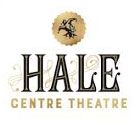
“The quality and finish exceed our expectations! Well done! Your team clearly put a lot of effort into this project, and we really appreciate the attention to detail and workmanship. Over the past 10 years we have purchased about 15 scale models from another company, and the quality of your models far exceeds that of any other 3D printed model built for us. Really impressive!”
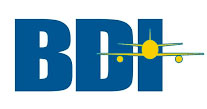
“Since partnering with WhiteClouds, we have been able to enhance the entire architectural experience for our clients! The ability to recreate our client‘s custom log and timber frame home design in the form of a 3D print model, provides a greater clarity as to how the project will look and feel on the specific topography of their building site.”

Technology and Materials
- With 3D printing technology, you aren‘t limited to straight lines and boxes. A 3D printer can easily detailed, complex shapes.
- We can 3D print models in different materials including UV-cured resin. The type of model determines which material will produce the best results. We can help you choose the material that is best for your project.
- 3D printed trade show models show incredible detail. The resolution of our printers is finer than a human hair.
- Trade show models can be 3D printed in full-color (over 750,000 variations of color) for awe-inspiring presentations and displays. No painting required!
Pricing
Cost of trade show models is based on the volume of material (size of the model), the time it takes to create the 3D printable file and other elements of the model. Each model is bid individually and the best way to determine cost is to email us, call us at 385-206-8700, or fill out the form below and let us bid on your project.
Get a Free Price Estimate
Workflow
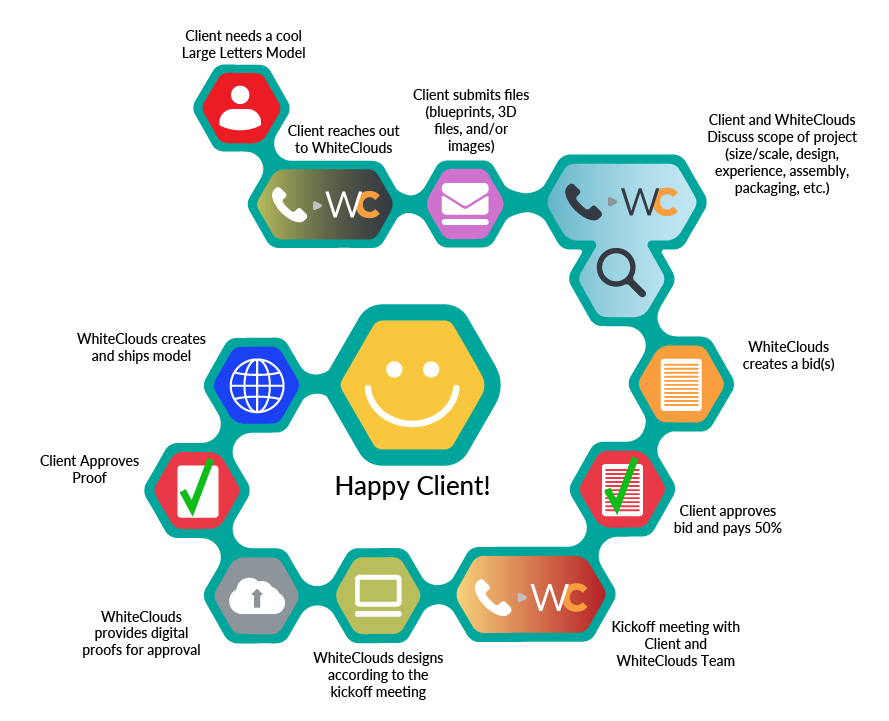
Visit Related Galleries
Common Questions & Answers
- What file type is required to make a trade show model?
We work with all architectural CAD programs including AutoCAD, Revit, Chief Architect, ArchiCAD and Sketchup, just to name a few. If you design in 3D, we will start with your 3D files. If you have 2D blueprints and elevations, or artist‘s sketches, we can build a model from these files as well. - Do you 3D print all trade show models?
No. We use a variety of technologies to make trade show experience models. Besides 3D printing in different materials we utilize CNC machining, laser cutting, laser etching, casting, sculpting, painting, airbrushing, laminating, vinyl printing, and woodworking to produce highly engaging models that fit your exact needs. - What is the material used?
We match the correct material and fabrication process to your requirements in terms of presentation, size, and transportability. We can 3D print in uv-cured resin, plastic, rubber-like acrylic, and nylon. We also fabricate in our model shop using different types of foam, wood, metal, resins, and acrylic. - What is the largest trade show model you can make?
There is no limit to the size of model. Transportability will be your only concern on an extremely large model. - What is the turnaround time for a trade show model?
This depends on the features of the model itself. We usually ask for four to six weeks from the time we take the order to when you will receive the model. We understand that sometimes deadlines are tight and we can accommodate rush orders in as little as one week. - What features can a trade show model have?
Besides the physical 3D model with the proper color and appearance, you can elect to ask for special lighting, sound, and movement. Assembly and take-down options can also be requested prior to quoting. - If I want a second model is it cheaper?
Our pricing is based on the fabrication costs and the time it takes to prepare your design. The second model is less money because the design portion is complete.
Do you have a question we didn‘t answer? Don’t hesitate to contact us at 1-385-206-8700 or [email protected].
Worldwide Delivery
WhiteClouds has delivered models around the world.
History of Trade Show Models
Modern trade shows follow in the tradition of trade fairs established in late medieval Europe, in the era of merchant capitalism. In this era, produce and craft producers visited towns for trading fairs, to sell and showcase products. From the late eighteenth century, industrial exhibitions in Europe and North America became more common reflecting the technological dynamism of the Industrial Revolution.
In the late 19th century, the concept of annual industry-wide trade shows gained traction, spreading from European manufacturing centers to North America. By the 20th century, specialized companies came into existence simply to manage the trade-show industry, and permanent trade show grounds or convention centers were established as venues that featured a rotating calendar of trade shows.
In the U.S. alone, there are currently over 10,000 trade shows held every year. Trade shows provide companies in a specific industry the ability to showcase and demonstrate their latest products and services to current and potential customers. With four of every five trade show visitors being a prospective customer, companies allocate a significant budget to participating in such events.
Physical interactive 3D models and displays provide an ideal channel through which to directly engage potential customers, and invite them to participate and connect with your brand experience.
